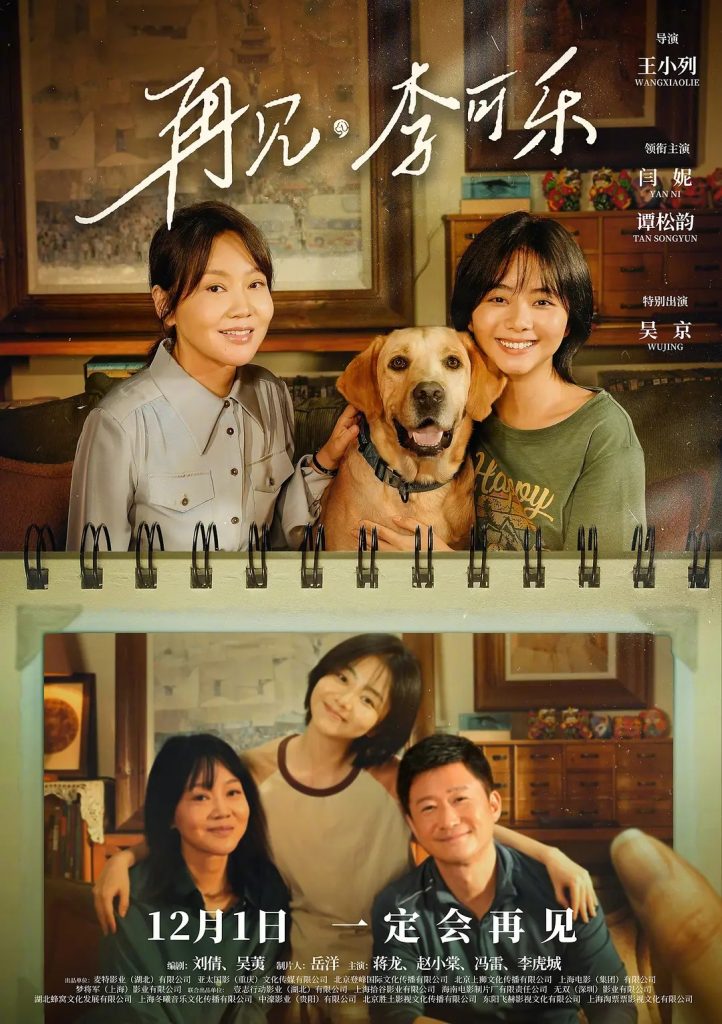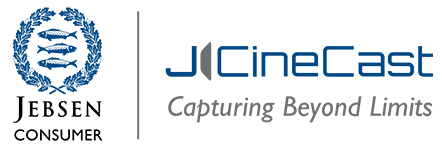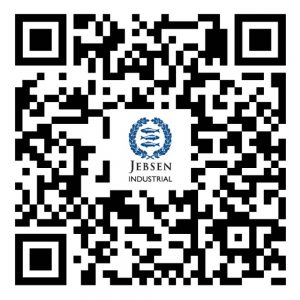Angénieux Optimo Primes: Interview with So Long For Love DP Qiu Zhen
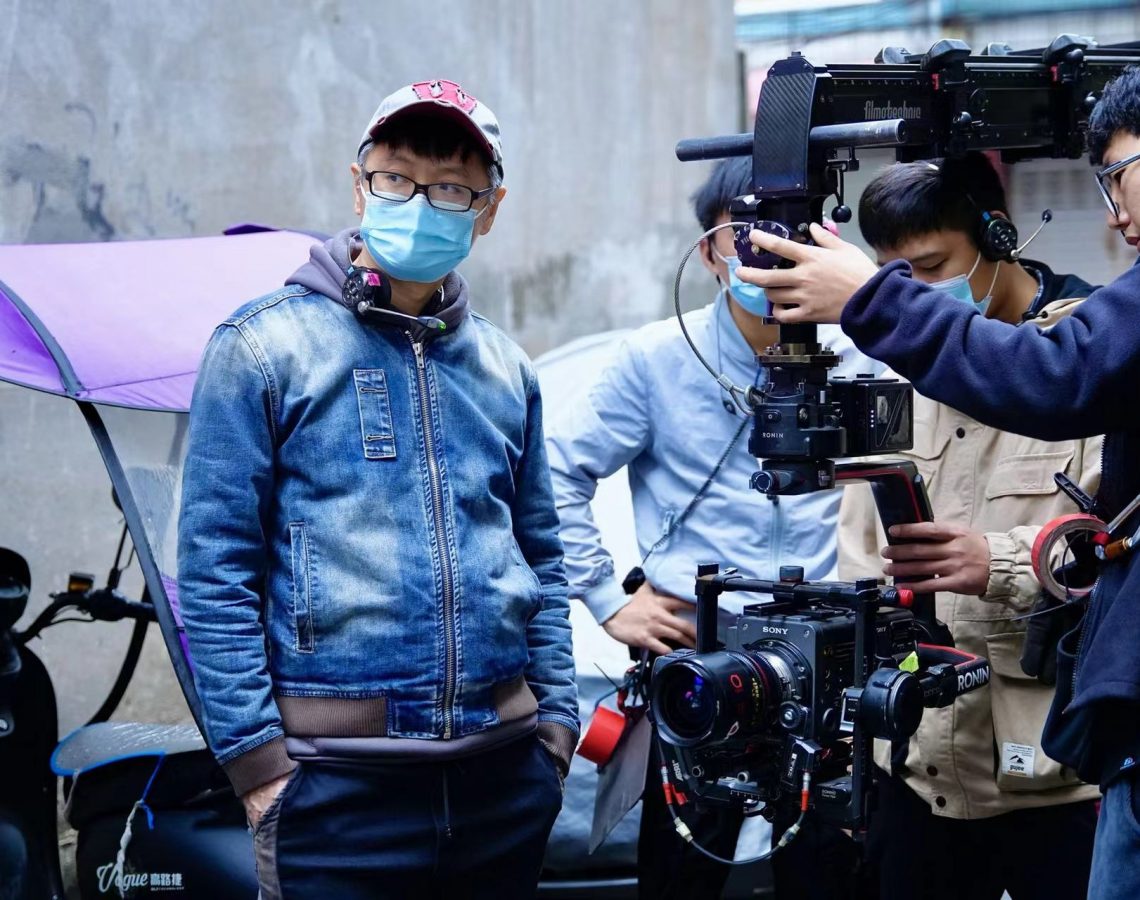
The film “So Long for Love”, adapted from novel “Daddy is a Dog” written by its director, is an outwardly fantasy story that unfolds into a truly heartwarming tale. When it was released in China, it touched the hearts of audiences during the chilly winter season.
This film marks Director of Photography Qiu Zhen’s first collaboration with director Wang Xiaolie. It was also his first time shooting with the Angénieux Optimo Primes, though he had used the Angénieux Optimo and Type EZ zooms frequently in his previous projects. The light weight and subtle warmth of the Optimo Primes were exceptionally well-suited for the handheld shooting style and warm tones of this film.

What was the pre-production process like for the film So Long for Love?
Around October 2021, I was approached by Beijing MaxTimes Cultural Development Co Ltd to take part in this film project. I was deeply moved by the script, and the scenes involving pets particularly sparked a strong creative impulse within me. Due to the pandemic, I couldn’t travel to Beijing, so Director Wang Xiaolie and I communicated online, exchanging ideas about the tone of the film. Director Wang would occasionally share with me images and videos with his preferred tone, while I provided him with a detailed description of my vision, along with videos that I felt closely reflected the essence of certain scenes in the script.
Though our communication was limited to this method during the initial stage, the process was very enjoyable. It wasn’t until February 2022, when I travelled to Beijing for a pre-production meeting, that I met Director Wang in person for the first time. Shortly after, we flew to Altay, Xinjiang to scout locations for the snow scenes. During this period, Director Wang and I had extensive discussions about the shooting perspective for the dog’s scenes. We established the overarching tone – with the principle being to avoid excessive fantasy elements in portraying the father’s soul reincarnation, and instead strive for authenticity and genuine emotion. With the locations finalised and the settings more defined, the scenes also slowly took shape in my mind.
Our original plan was to film the snow scenes in Xinjiang in March 2022. But the snow conditions that season proved unfavourable, so we had to change our plan. We proceeded with filming the main scenes in Chengdu and postponed the snow scenes to the next snow season. Shooting in Chengdu officially began on 31 August, 2023. I joined the crew half a month in advance to prepare the set, collaborating with the gaffer for the lighting setup in key locations including Li Yan’s home and the skewer shop.
One week prior to filming, we conducted camera tests together with the photography, lighting, grip, and other relevant teams. The camera tests focused on two main aspects. First, we worked closely with the art department to create indoor and outdoor environments that closely matched the tone of the main locations. We conducted test shots using different lighting setups to achieve various moods, including warm and cool tones, diffused and direct lighting, for both daytime and night time scenes. We also invited the colourist to Chengdu in advance to discuss the intended colour grading for the film, and they promptly created LUTs for each test shot. These LUTs were then applied during the actual filming, tailored to the specific environments.
Second, we conducted filming experiments for the bicycle and car chase scenes, particularly focusing on capturing the dog’s movements and simulating its perspective. This allowed us to develop effective and reliable shooting techniques. Thanks to this extensive pre-production preparation, things went very smoothly once filming began.
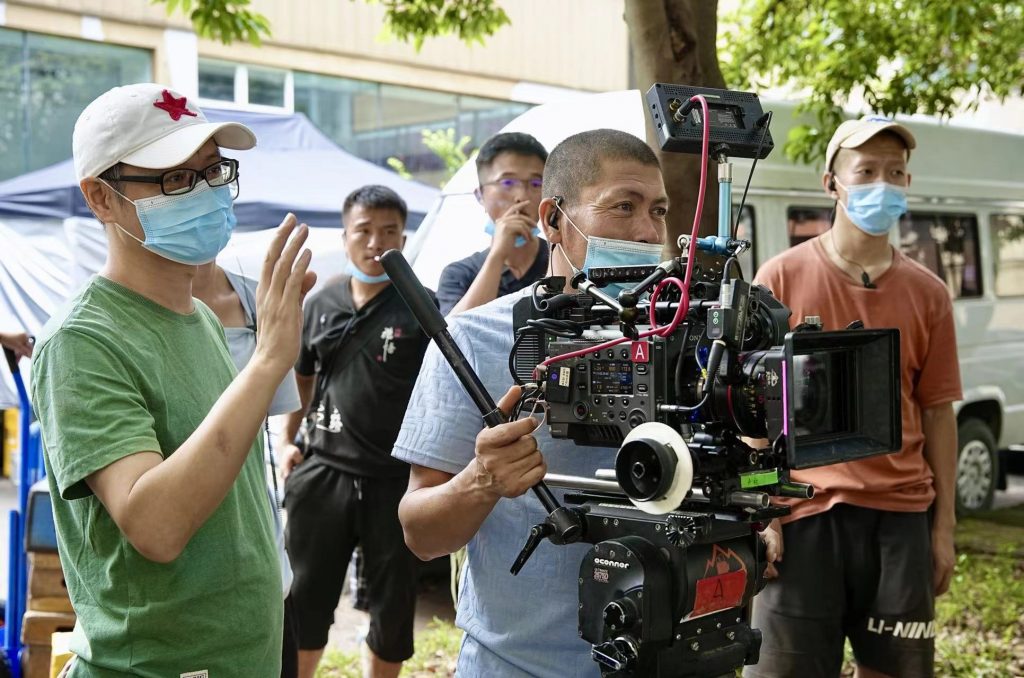
Before filming, what were your ideas for the camera shots?
Before shooting, my main focus was on thoroughly studying the script and fully understanding its meaning. So Long for Love is a fascinating story that occurs after the protagonist Li Yan’s father unexpectedly dies while skiing, and is reincarnated as a dog to accompany his daughter once again. On the surface, it appears to be a whimsical film about pets, but at its core it is a family drama that explores themes of a daughter’s relationship with her mother and father, companionship, and growth. The main storyline centres on the mother-daughter relationship, with the subplot of the human-dog relationship (which is, essentially, a father-daughter relationship) and a small element of romance. As the main storyline unfolds, it also portrays and witnesses Li Yan’s personal growth and transformation. Although conflicts exist throughout the story, it ultimately carries warmth and emotional resonance.
The film combines the romantic elements of a magical fairy tale, with the father’s soul residing in the dog, as well as realistic elements depicting the day-to-day school life and conflicts between mother and daughter. I designed the tone of the film based on these two main storylines. Firstly, when Li Yan’s father tragically passes away, it is like a sudden avalanche that covers the sun, leaving her life without sunshine. This period represents the low point in Li Yan’s life and the eruption of conflict with her mother. As such, this segment is characterised by a sombre, gloomy, cold atmosphere. The second storyline portrays the joyful moments between father and daughter, the harmonious coexistence of human and dog, the blossoming of love, and the reconciliation between mother and daughter. This part carries a warm and sunny tone. So during the specific shooting and lighting setups, we closely aligned with these two fundamental storylines.
The film contains various segments with different tones. What were the director’s expectations for the visual style prior to filming?
From my understanding, Director Wang Xiaolie aimed for a solid and clean visual style. By solid, he meant a strong and genuine visual quality that could capture the authenticity of the actors’ performance. By clean, it meant that Director Wang had a clear and precise vision of what he wanted. Once his desired point (dramatic moment) was captured, he would not request any unnecessary or redundant shots.
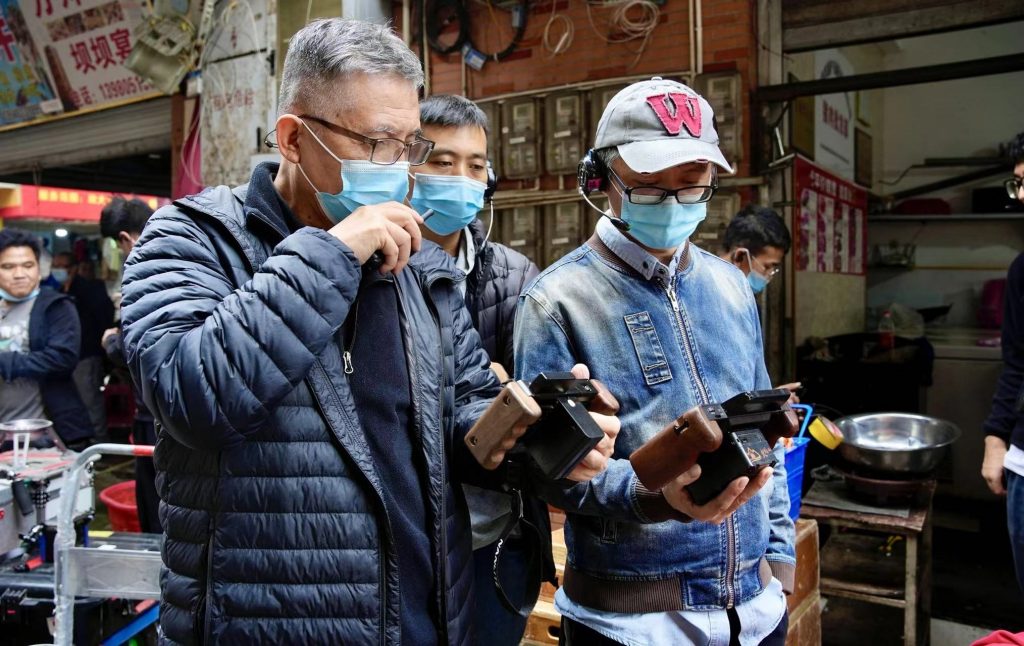
Director Wang Xielie (left) and DP Qiu Zhen (right) on set

DP Qiu Zhen and animal actor on set
Which focal lengths were most frequently used during filming? Were any other lenses used, such as zoom lenses?
The most frequently used focal lengths in this film were Angénieux Optimo Prime 24mm, 32mm, 50mm, and 75mm zoom lenses. As I prefer to minimise distortion, so the wide-angle shots were primarily captured using the 24mm lens. The 32mm lens was most often used for tracking shots of characters, while the 50mm and 75mm lenses were employed for close-ups and tight shots.
In addition to the Optimo Prime series, I also used the Angénieux Optimo Ultra 12x 36-435mm and the Angénieux Type EZ 22-60mm lenses.
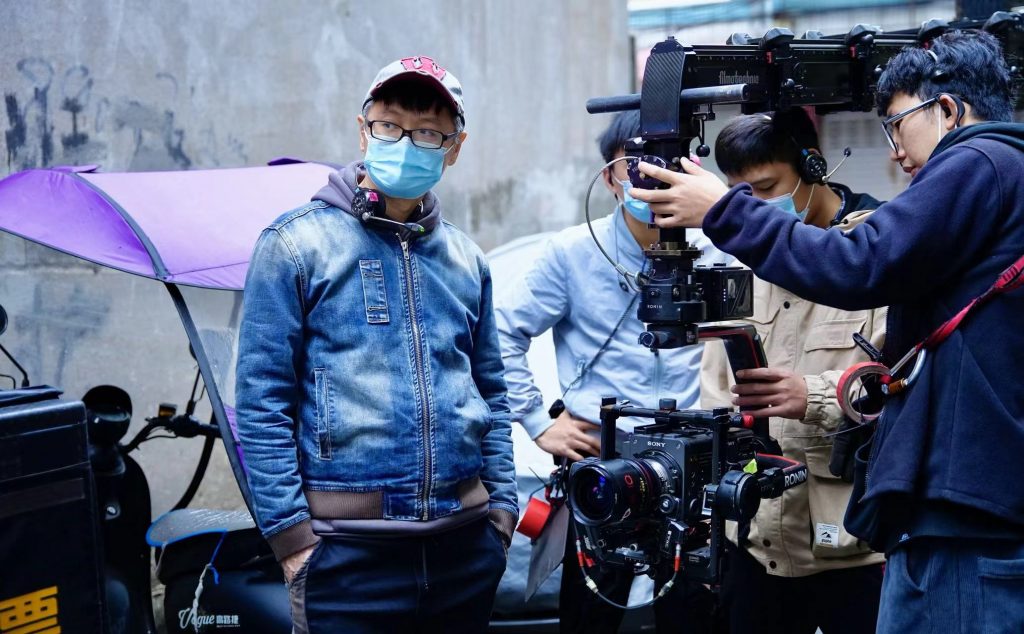
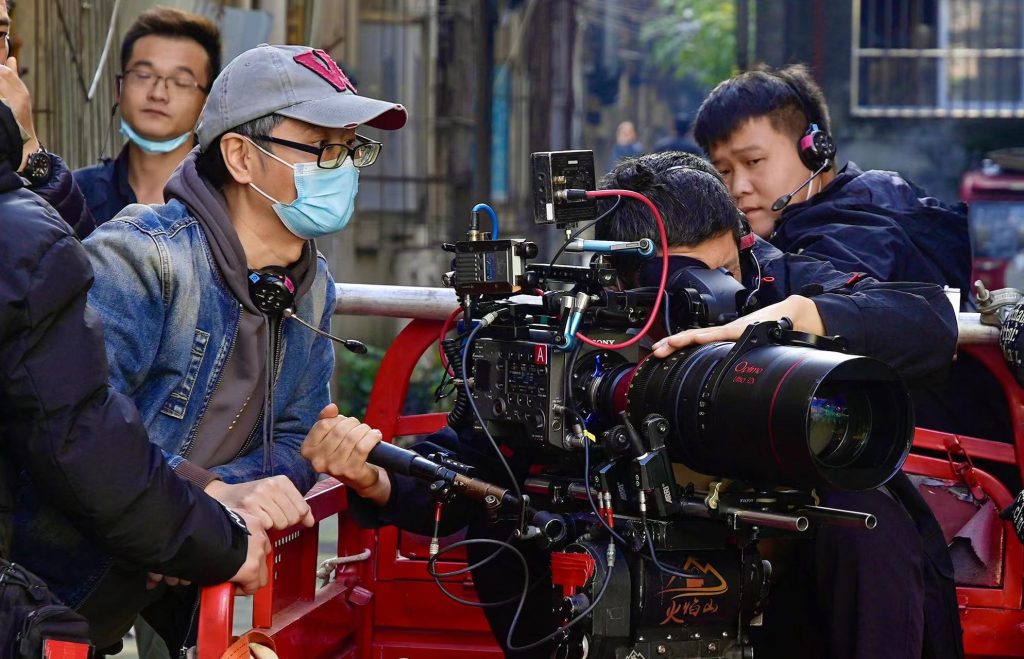
Angénieux Optimo Prime and Optimo Ultra 12X on set in Chengdu

DP Du Zhihua in the Xinjiang and Beijing portions of the film

Skiing director Zhang Shaobao on set in Xinjiang
Lighting can be used to create atmosphere, advance the plot and highlight characters. In terms of lighting during the shooting of this film, what were your thought process, approach and methods?
My requirements for lighting in this film were realistic and natural, alignment with emotions, efficiency, and ability to enhance performances. Our lighting setup was primarily aimed at achieving a natural look across both day and night scenes, to create a sense of psychological realism for the audience.
Based on the overall tone and colour temperature setting of the film, we designed lighting schemes that incorporated diffused cool light sources and direct warm light sources. In particular, for the lighting setup in the main location of Li Yan’s home, we simultaneously implemented both lighting effects to allow for seamless switching according to the different emotional content of each scene. Additionally, we had two sets of basic lighting setups for day and night scenes that could we could easily switch between. This significantly improved the efficiency of on-set shooting and reduced the planning pressure of adjusting lighting for day and night, which meant we could shoot more according to the emotional performance and facilitate smoother transitions between scenes.
I had a specific requirement to minimise the visibility of light stands in the studio scenes. The ambient light from the windows and localised light within the indoor performance areas were set up on the studio ceiling and roof. This way we could ensure a complete ambient light setup without visible light stands. We then made slight adjustments based on the actors’ movements during their performances. This approach ensured that the actors’ performances and long tracking shots were unrestricted, allowing us to capture their authentic performances more freely.
A cinematographer once shared that handheld shooting syncs better with the actors’ emotions. What was your working style for this film?
Personally, I really enjoy shooting with a handheld shoulder rig, and have frequently used this method in recent years. Handheld shoulder shooting provides greater flexibility and enables cinematographers to capture the actors’ performances more effectively. The actors’ performances are the soul of a film, and the primary task of photography is to capture their most vivid performances.
Additionally, shooting with a handheld shoulder rig requires the photographer to closely follow the actors, resulting in a stronger perspective, akin to a third eye. This, coupled with a natural sense of breathing, makes the scene more immersive for the audience.
For this film, I specifically requested that the realistic parts (i.e., the day-to-day conflicts between Li Yan and her mother) be predominantly shot with a handheld approach. Even for static shots, I avoided using tripods and instead shouldered the camera myself. This was all to strive for the utmost authenticity and to closely capture the actors’ performances during the realistic segments.
Each lens has its own unique DNA. What was your overall impression on the Angénieux Optimo Prime lenses?
I have always used Angénieux Optimo series zoom lenses in my previous work. This was my first time using the Angénieux Optimo Prime series, and I must say I was pleasantly surprised.
Firstly, I was impressed by the light weight of these lenses. They were perfect for shoulder-mounted shooting – very friendly for a cinematographer like me, since I used handheld shoulder rigs extensively for this film. The lenses gave me a lot of flexibility during the shooting.
These lenses also maintained the signature softness and romantic French style that Angénieux is known for. The image was crisp and clean, the beautiful bokeh and high flare of the out-of-focus highlights added to the visual appeal. The subtle and barely noticeable warm tones also suited the film’s setting perfectly.
With a maximum aperture of T1.8-2.2 and excellent performance in challenging lighting conditions, these lenses paired well with the camera’s high sensitivity. I was impressed by the Angénieux Optimo Prime lenses and they will definitely be included in my list of preferred equipment.

Optimo Prime on set in Xinjiang
Angénieux full-frame prime lenses have a unique feature of customisable internal optical coatings to meet the varying needs of photographers. Did you try activating the IOP (Interchangeable Optical Performance) colour tuning feature this time?
I did not learn of this feature until later, so unfortunately I did not get the chance to use it this time. I am looking forward to experiencing the difference in effects between IOP filters and traditional front-of-lens filters in the future. Being able to change lenses with different coatings textures, as well as different iris blades, goes beyond the realm of traditional filters. I believe it will bring about more possibilities for creative expression.
